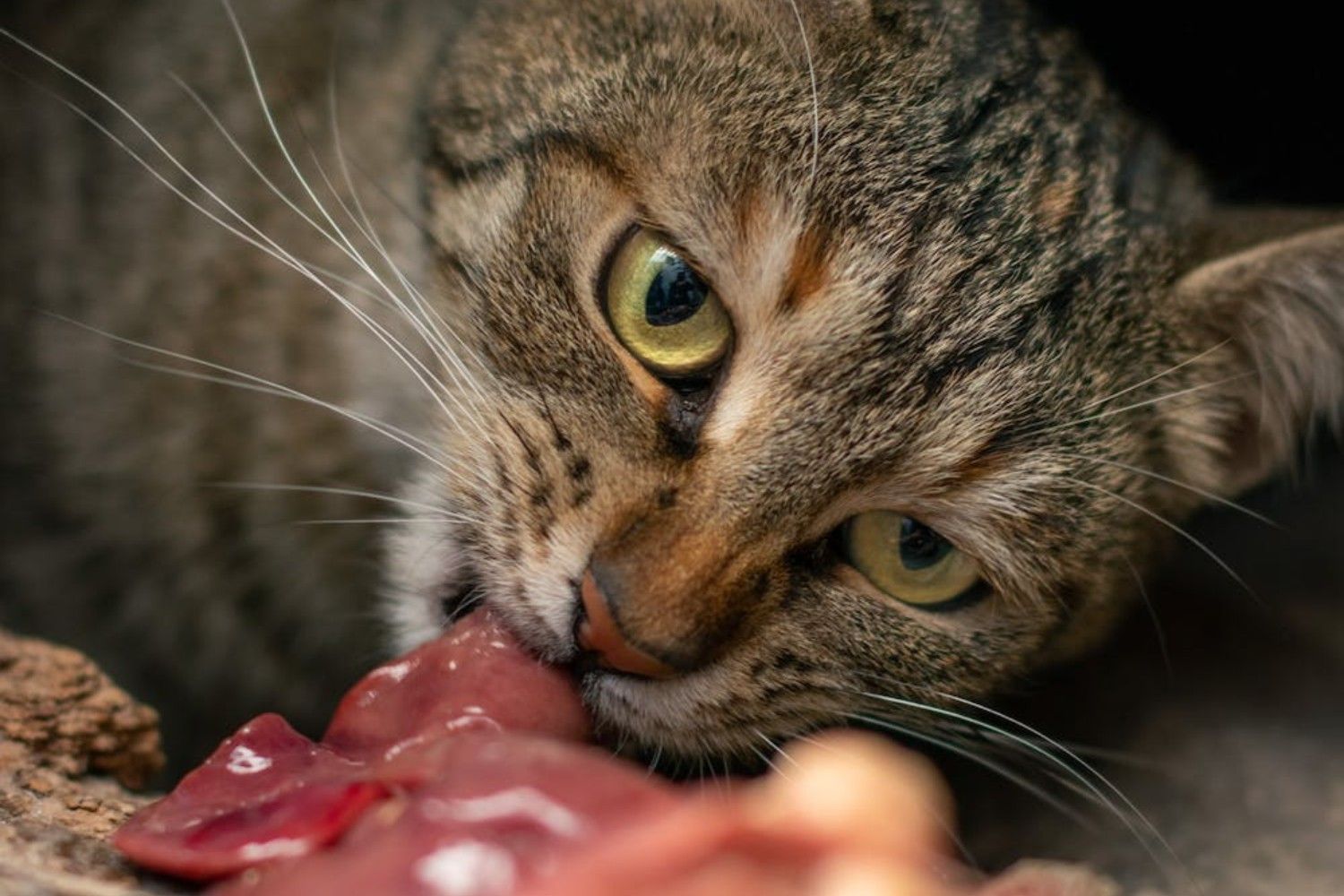
Unveiling the Benefits: A Comprehensive Guide to Raw Diets for Pets
The trend of feeding pets a raw diet has gained considerable traction among pet owners seeking to mimic their furry companions' ancestral eating habits. This approach is based on the premise that a diet consisting of raw meats, bones, fruits, and vegetables is closer to what dogs and cats would naturally consume in the wild. This article takes a deep dive into raw diets for pets, highlighting the benefits of raw feeding, and offering insights into natural diets for cats and dogs, complemented by a practical raw feeding guide.
The Essence of Raw Diets for Pets
Raw diets typically comprise uncooked muscle meat, organ meat, whole or ground bone, raw eggs, water, and some dairy, such as yogurt. For dogs, this diet can also include a small proportion of fruits and vegetables to mimic the stomach contents of prey animals.
Key Benefits of Raw Feeding
- Improved Digestive Health: Many proponents of raw diets report enhanced digestive function in their pets, attributed to the natural enzymes in raw food.
- Healthier Skin and Coat: The high levels of fatty acids found in raw meat can contribute to a shinier coat and healthier skin.
- Dental Benefits: Chewing on raw bones can help remove tartar and improve dental health, reducing bad breath and dental diseases.
- Weight Management: A raw diet can help maintain an optimal weight, as it is high in protein and low in carbohydrates, which is especially beneficial for pets prone to obesity.
Considering Raw Food Diets for Dogs and Cats
- Dogs: When transitioning dogs to a raw diet, it's important to ensure a balanced intake of nutrients. This might involve mixing various types of meat with a limited selection of vegetables and fruits.
- Cats: Cats are obligate carnivores, meaning their diet should be predominantly meat. A raw diet for cats should focus on muscle meat, organ meat, and bone, with very limited or no plant-based ingredients.
Crafting Your Raw Feeding Guide
Starting a raw diet requires careful planning to ensure it meets all your pet's nutritional needs:
- Begin Gradually: Transition your pet to a raw diet slowly to avoid digestive upset.
- Balance is Crucial: Ensure the diet is nutritionally balanced, which may require adding supplements, especially for vitamins, minerals, and fatty acids not naturally present in raw ingredients.
- Safety First: Handle raw meat with care to prevent bacterial contamination. Freeze meats for a couple of days before feeding and maintain cleanliness in the feeding area.
Conclusion
Switching to a raw diet can offer numerous health benefits for pets, from improved digestive health to better weight management. However, it's essential to approach raw feeding with caution and thorough research to ensure the diet is safe, balanced, and appropriate for your pet's individual needs. Consulting with a veterinarian or a pet nutritionist can provide valuable guidance, helping you to tailor the diet to support the health and happiness of your furry family member.





